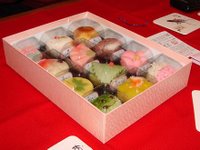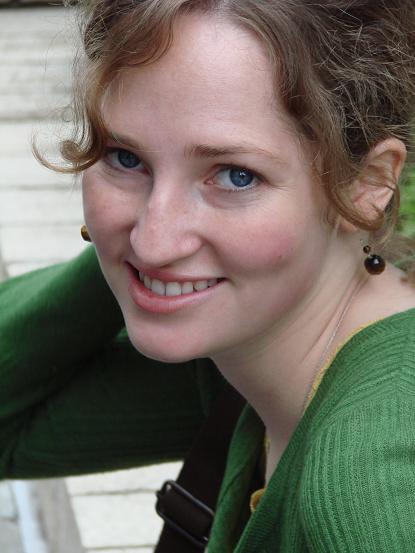First up was Hue, the former capital of Vietnam with lots of history. We visited royal tombs, the citadel, and other important monuments from the age of the Nguyen emperors. Some of these also had connections with the war, as Hue is not far from the former demilitarized zone that separated the north and south. Jesse took a DMZ tour with a former South Vietnamese officer, and saw a lot of the important war sites.

 Next we detoured inland to Bach Ma National Park, where we hiked around, swam in cool mountain pools, gazed at beautiful waterfalls, and picked up a leech or two.
Next we detoured inland to Bach Ma National Park, where we hiked around, swam in cool mountain pools, gazed at beautiful waterfalls, and picked up a leech or two. Hoi An was just a little bit south, famous for its tailor shops and old preserved buildings. We enjoyed both of these very much. But as someone said to us, “In Hoi An, the Vietnamese are the minority.” Not exactly what we were looking on this trip.
Hoi An was just a little bit south, famous for its tailor shops and old preserved buildings. We enjoyed both of these very much. But as someone said to us, “In Hoi An, the Vietnamese are the minority.” Not exactly what we were looking on this trip.
 So we went even further inland and off the tourist trail, this time taking a 12-hour public bus to a dusty town in the central highlands called Kontum. For the first time, we actually had to learn some Vietnamese phrases to get by. As Vietnam is home to 54 different ethnic groups (the Viet people making up 84%) we were especially interested in learning about some of the ethnic minorities in the area. We visited several villages with a local guide and even spent the night in one of them, in their central town hall-type building.
So we went even further inland and off the tourist trail, this time taking a 12-hour public bus to a dusty town in the central highlands called Kontum. For the first time, we actually had to learn some Vietnamese phrases to get by. As Vietnam is home to 54 different ethnic groups (the Viet people making up 84%) we were especially interested in learning about some of the ethnic minorities in the area. We visited several villages with a local guide and even spent the night in one of them, in their central town hall-type building. Time was going quickly and we planned to spend one night in the beach town of Nha Trang before rushing on to Ho Chi Minh City and then to Cambodia before our visas expired. But after spending a couple hours on the beach looking out at blue, blue water and enjoying inexpensive full-body massages on the beach, we decided to get our visas extended and finish our time in Vietnam a little more leisurely.
Time was going quickly and we planned to spend one night in the beach town of Nha Trang before rushing on to Ho Chi Minh City and then to Cambodia before our visas expired. But after spending a couple hours on the beach looking out at blue, blue water and enjoying inexpensive full-body massages on the beach, we decided to get our visas extended and finish our time in Vietnam a little more leisurely. Our final stop on the way to Ho Chi Minh City, Mui Ne, was one of our favorites. We stayed at a nice little resort right on the beach for only $6/a night. The best part was that there was also great scenery around. We rented a motorbike and rode out to a red canyon, some sand dunes, and a place called the "Fairy Stream,"which was, actually, quite enchanting.
Our final stop on the way to Ho Chi Minh City, Mui Ne, was one of our favorites. We stayed at a nice little resort right on the beach for only $6/a night. The best part was that there was also great scenery around. We rented a motorbike and rode out to a red canyon, some sand dunes, and a place called the "Fairy Stream,"which was, actually, quite enchanting.
 And that brought us to Ho Chi Minh City!
And that brought us to Ho Chi Minh City!
















































